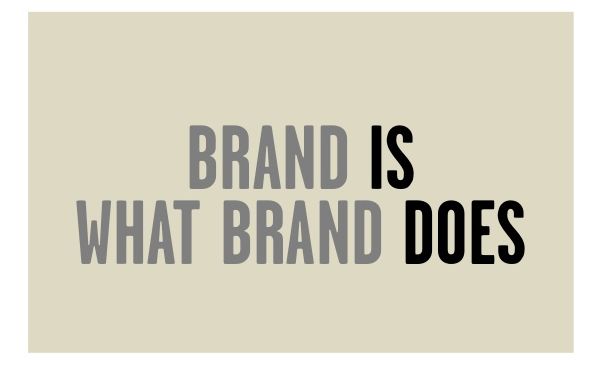
In times or situations where there are low levels of trust, transparency becomes very important. Indeed, transparency was one of Geoff Colon’s top 10 disruptive marketing trends in 2016 for Branding Strategy Insider. He predicted transparency will be part of all successful business-customer relationships and offered, “Companies locked into a conventional broadcast model are failing. By 2020, customers will have an even greater expectation of transparency.”
In the last few years, we’ve seen that customers are often interested in more than just the products or services a brand offers. They want to know if a brand is environmentally responsible, if the brand treats their workers fairly, and as issues like workplace diversity and sexual harassment are top of mind in society, we should expect some customers to be interested in even deeper workings about a brand’s culture and operations. With the rise of digital networks and social platforms, many brands can have real-time, unfiltered, immediate dialogue with their customers.
But sometimes, brands share more than is needed.
When Angelo Carusone of Media Matters tweeted to Keurig to pull their advertising from FOX news’ Sean Hannity Show (regarding his handling of sensitive social issues), Keurig responded by tweeting they would pull the ads. Fans of the conservative news program immediately took to social networks with calls to boycott Keurig, some even posted videos of themselves smashing coffee machines. (With more than a few prominent advertisers withdrawing from other conservative news outlets in the past year, some feel that the conservative point of view is being forcibly silenced by progressive-leaning groups).
This dramatic reaction is of the sort we’ve seen many times in 2017 that quickly can escalate to the point that it impacts the stock price. It’s no surprise Keurig’s CEO Bob Gagamort wasted no time in issuing a statement and apology for their handling of the issue. Gagmort explains, “In most situations such as this one, we would “pause” our advertising on that particular program and reevaluate our go-forward strategy at a later date. That represents a prudent “business as usual” decision for us, as the protection of our brand is our foremost concern. However, the decision to publicly communicate our programming decision via our Twitter account was highly unusual. This gave the appearance of ‘taking sides’ in an emotionally charged debate that escalated on Twitter and beyond over the weekend, which was not our intent.”
One of the most important things every brand must realize is that story is now porous. An individual’s opinions, interpretations and perceptions about a brand’s story that were personal and private in the broadcast era, can now be amplified and promoted at surprising scale thanks to networks and platforms. It doesn’t matter if the perception is accurate or real. Truth is not a requirement.
When the reactions and sentiments amplified by people are positive and in alignment with what brand leaders intend, there’s great potential for these porous stories to invigorate and activate communities of fans united by the brand. But at the same time, when the perception is negative or out of alignment, things can go downhill fast.
Keurig’s error was responding on Twitter. In a hyper-polarized climate like we have in the US (and with several other countries are in similar situations) it is all too easy to act before considering how information will be received. Brands can continue to increase levels of transparency. When it comes to sensitive and polarizing issues, choose wisely the channel and timing for that information to be shared.
The Blake Project Can Help: The Strategic Brand Storytelling Workshop
Branding Strategy Insider is a service of The Blake Project: A strategic brand consultancy specializing in Brand Research, Brand Strategy, Brand Licensing and Brand Education




